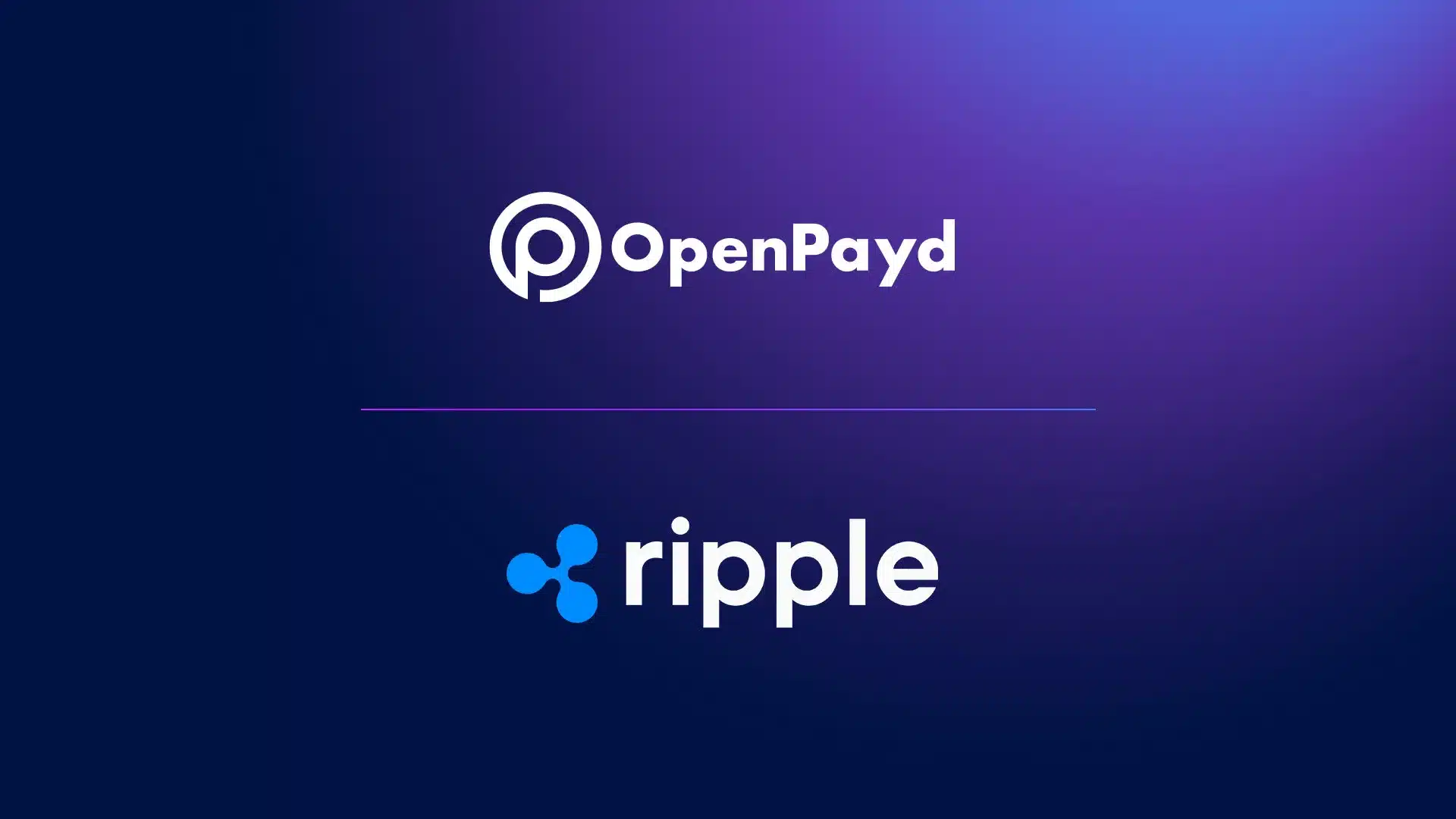- Virtual IBANs launched, connecting institutions directly to the Ripple Payments system.
- RLUSD enables programmable USD liquidity with instant mint and burn features.
- XRP powers real-time FX and cross-border settlement without using SWIFT.
Ripple has expanded its financial network by integrating EUR and GBP IBANs into its payments platform, marking a strategic advancement in its goal to build an alternative to legacy systems.
According to Pumpius, a market analyst familiar with the development, the move offers institutional clients access to virtual bank accounts, bypassing traditional financial intermediaries.
The partnership between Ripple and OpenPayd now gives users access to RLUSD minting and burning. This allows on-demand programmable USD liquidity to enable close to frictionless cross-border transactions with compliance features encoded in the system infrastructure.
Ripple has incorporated additional banking technology with this integration. Users can now trade in foreign exchange and automatically convert fiat to stablecoin in real time using Ripple’s end-to-end API infrastructure.
These functionalities aim to ease transactions and enhance the speed and transparency of settlement. According to Pumpius, having all these functionalities in one product in the XRP ecosystem is “how you replace SWIFT.”
Also Read: Pundit Says What Ripple’s Banking Move Actually Means for XRP Might Shock You
4/🧵
This is how you replace SWIFT:
✅ Real-time foreign exchange
✅ Instant fiat ↔ stablecoin conversion
✅ End-to-end banking API infrastructure
✅ XRP as the trustless settlement layer
It’s already working.
— Pumpius (@pumpius) July 2, 2025
Core Infrastructure for Real-Time Settlement and FX
Ripple’s system already delivers key elements of a modern financial alternative. Ripple is now offering tools that support on-chain FX, automated regulatory compliance, and trustless settlement using XRP.
Liquidity corridors are already active, and stablecoin payment rails are operational. Such provisions enable Ripple to facilitate the flow of currency in real time with little to no dependence on centralized clearing institutions.
XRP acts as the last step in the settlement process; the slow correspondent banking channels will be replaced by faster blockchain settlement.
OpenPayd customers (and especially so) enjoy having access to blockchain-native, fully compliant banking services. With this alliance, financial institutions obtain programmable currency conversion and liquidity management by using blockchain as the foundation layer.
The integration highlights Ripple’s strategy of making global settlements digital-first. By integrating virtual accounts, access to stablecoins, and programmable liquidity, Ripple is positioning itself in line with the increasing demand for quicker and more reliable financial services.
Conclusion
As industry observers have noted, this partnership represents a structural shift in how cross-border payments are handled. Ripple and OpenPayd have created an alternative financial pathway that could rival SWIFT’s long-established network.
Also Read: Here’s a Breakdown of Four XRP Price Targets if Ripple Secures Banking License

